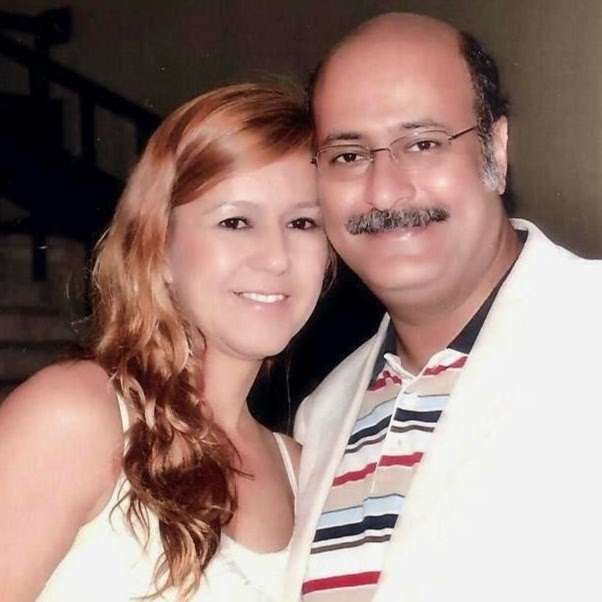The Ending of “Cube”: Exploring Possible Explanations
The 1997 film “Cube” is a psychological science fiction thriller directed by Vincenzo Natali. The movie follows a group of strangers who wake up inside a massive, high-tech cube-shaped structure, consisting of numerous interconnected rooms. They must navigate through the cube’s deadly traps in order to survive and find a way out.
Now, let’s discuss the ending of the film and its possible explanations. Spoilers ahead for those who haven’t seen the movie.
Summary of the Ending
At the end of “Cube,” only two characters, Kazan and Leaven, remain alive. They discover a bridge that leads to the outside of the cube and attempt to escape. However, before they can cross the bridge, Quentin, one of their former companions, appears. Quentin is revealed to be a mentally unstable individual who has been driven to madness by the cube’s traps and the traumatic experiences inside.
In a fit of rage, Quentin attacks Kazan and wounds him. Leaven manages to incapacitate Quentin, allowing her and Kazan to continue towards the exit. However, as they reach the final room, a bright white light engulfs them. The film ends abruptly, leaving the fate of the characters and the nature of the cube ambiguous.
Possible Explanations
1. Metaphorical Interpretation
Some viewers consider the cube as a metaphorical representation of society, where individuals are trapped within a complex and oppressive system. The ending could symbolize the futility of escape or the cycle of violence perpetuated within such a system.
2. Psychological Interpretation
The cube can be seen as a physical manifestation of the characters’ subconscious minds or psychological states. The ambiguous ending could represent their inability to escape their own mental constructs or the cyclical nature of their psychological struggles.
3. Existential Interpretation
The ending might suggest that the characters’ search for a way out of the cube is futile, reflecting existential themes. It could imply that their quest for meaning or purpose is ultimately fruitless, and they are trapped in a never-ending cycle.
4. Open-Ended Interpretation
Another possibility is that the filmmakers intentionally left the ending open to interpretation, allowing the audience to contemplate the movie’s themes and draw their own conclusions. The abrupt cut to white light can be seen as a deliberate choice to leave the story unresolved and encourage individual speculation.
It’s important to note that “Cube” was followed by two sequels, “Cube²: Hypercube” (2002) and “Cube Zero” (2004), which provide some additional context and explanations. However, they don’t directly resolve the mysteries of the original film’s ending.
Ultimately, the ending of “Cube” remains open to personal interpretation, and viewers are encouraged to form their own conclusions based on the themes and ideas presented throughout the movie.
